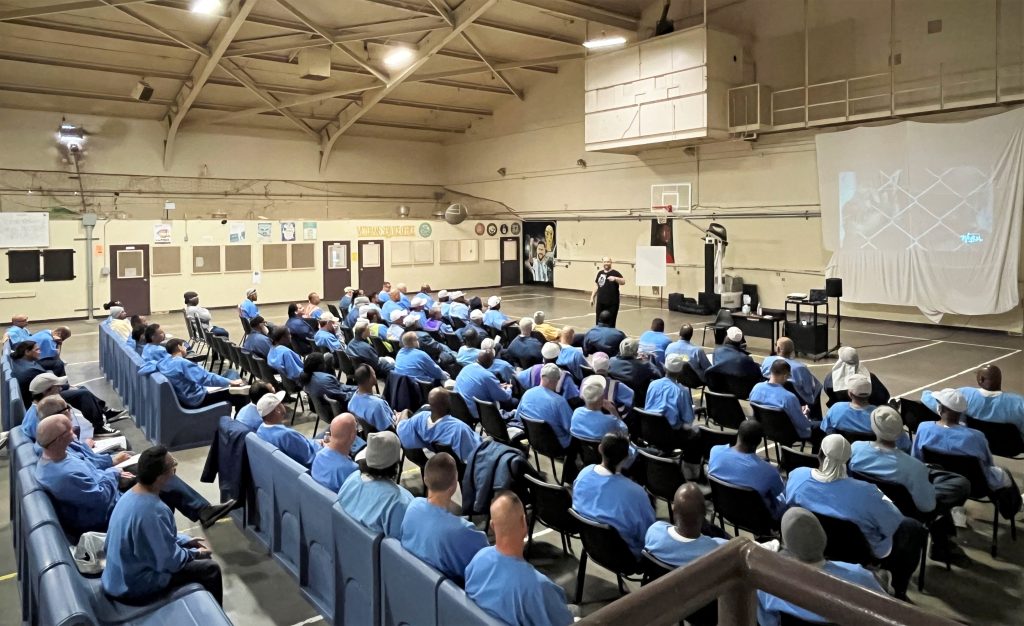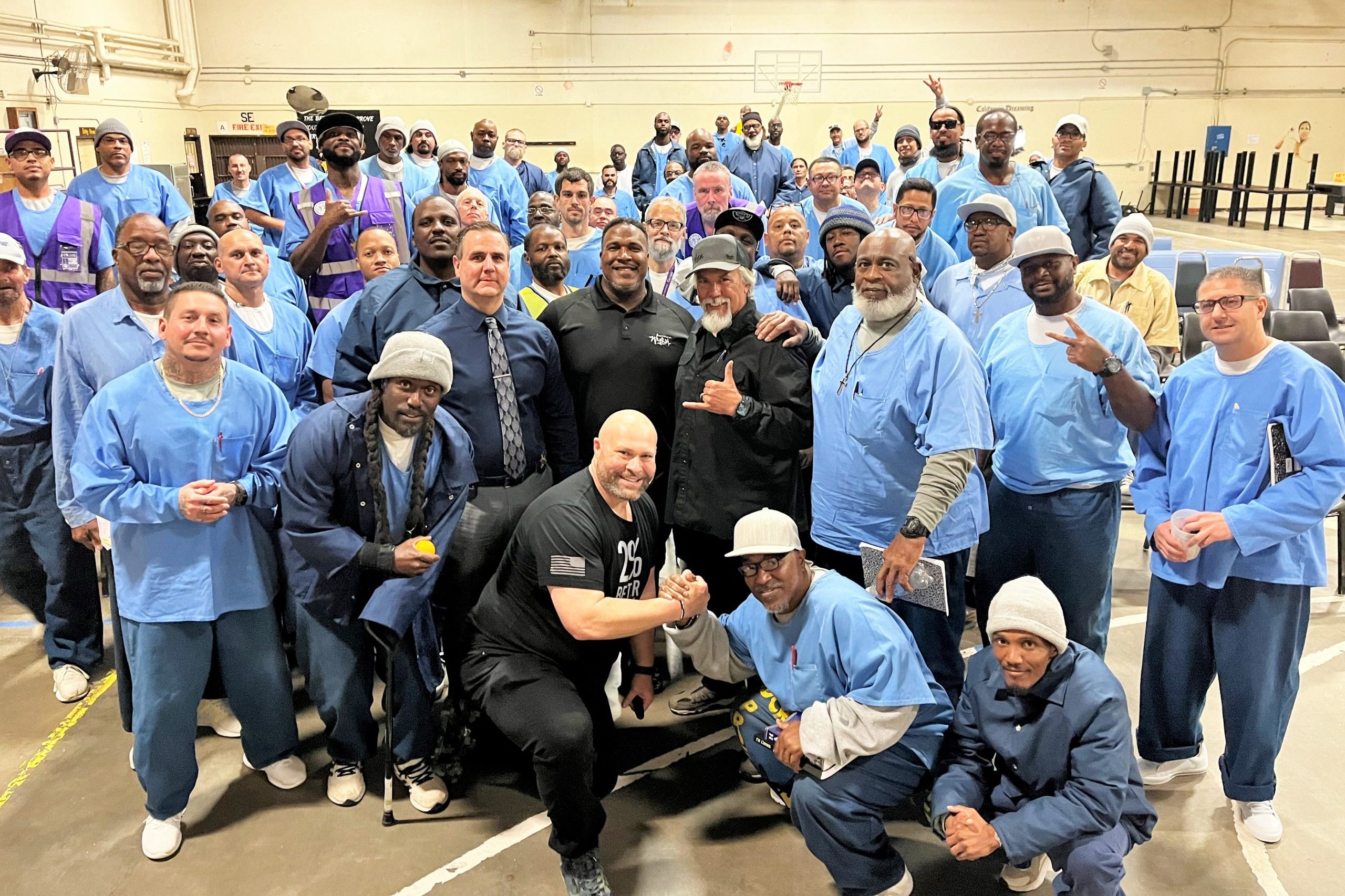To help bridge the gap between staff and the incarcerated population, the Correctional Training Facility at Soledad held a special training event. The initiative, led by the nonprofit organization Why’d You Stop Me, fosters understanding, communication, and leadership skills among everyone who works and lives in the institution. The training enhances overall safety and interactions within the facility.
Sessions focus on unique needs of staff, incarcerated
The Jan. 25 event was divided into two sessions, one for staff and the other for the incarcerated population. Each session focused on providing its participants with practical tools and strategies to navigate and improve their daily interactions.
For the staff, the course equips officers with advanced communication techniques, de-escalation strategies, and an understanding of procedural justice.
Developed by retired Long Beach Police Sgt. Jason Lehman, Lexipol’s Community Policing Expert, the course emphasizes the importance of:
- building relationships through the effective application of procedural justice tenets
- enhancing safety through community partnerships
- and empowering staff to handle crises with confidence and care.
Meanwhile, the incarcerated population received a parallel training focusing on leadership development, understanding the actions of correctional officers, and fostering partnerships based on trust. This session aimed to provide the incarcerated with the skills to:
- respond effectively in conflict situations
- understand the dynamics of procedural justice
- and manage emotional states to improve outcomes for themselves and their community within the institution.
Course objectives for both groups highlighted the necessity of strategic communication, the role of community partnerships in improving safety, and methods to support individuals dealing with unresolved trauma.
Training improves interactions for all
Acting Warden Edward J. Borla said the training aligns with the California Model’s pillars of dynamic security, normalization, and becoming a trauma-informed organization.
“These training sessions are a testament to our commitment to the California Model’s principles. By fostering an environment of dynamic security, we enhance the safety and efficiency of our operations. Normalization allows us to create a setting that prepares the incarcerated population for successful reintegration into society. Lastly, becoming a trauma-informed agency means we recognize and address the widespread impact of trauma on all individuals within our facility. Events like these, which promote understanding and communication, are essential in achieving these goals and advancing the well-being of both our staff and the people in our care.”
Learn more about the California Model on the CDCR website.
Submitted by Lt. Wil Landrum


Read more rehabilitation stories.
Follow CDCR on YouTube, Facebook, X (formerly Twitter). Listen to the CDCR Unlocked podcast.
